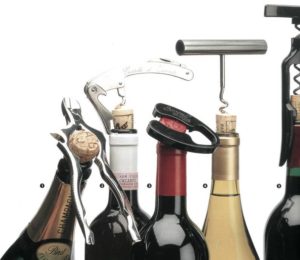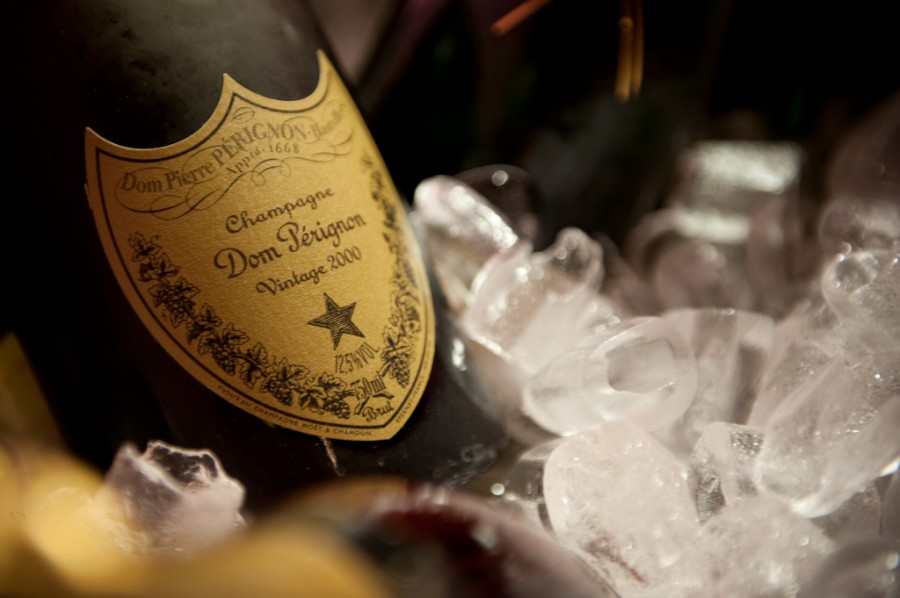Cork for closing bottles has become familiar to us not so long ago. A corkscrew for its extraction was patented only in 1795.
 It that year in August, when the first patent for the corkscrew invented by the Reverend Samuel Henschel (Samuell Henshall ) was issued. And the International Corpuscrew Corpcrew Addicts (ICCA) community perpetuated this event by installing a memorial plate in the Protestant church of Dow Church in London, where Samuel Henschel worked as a the rector.
It that year in August, when the first patent for the corkscrew invented by the Reverend Samuel Henschel (Samuell Henshall ) was issued. And the International Corpuscrew Corpcrew Addicts (ICCA) community perpetuated this event by installing a memorial plate in the Protestant church of Dow Church in London, where Samuel Henschel worked as a the rector.
“Henschel Button” – the so-called mean for removing the corks from bottles invented by the Protestant priest. It is a disk between the blade and the handle, which prevents the blade from going too deep into the cork, thereby allowing the bottle to be uncorked without too much effort.
It is noteworthy that before the corks appeared, the wine was served on a table in jars, into which it was poured directly from barrels. Later, when the wine began to be stored in bottles, and they were sealed with cork from the natural bark of cork oak with the light hand of the Benedictine monk Pierre Perignon , the cork was inserted in such a way that some of it would look outward – and you could grab it and pull it out.
The fact is that at first the cork was like a mushroom (like a modern cork for champagne). But the massive device from the bark of cork oak was too expensive. Therefore, for reasons of economy, the hat was “cut off” and there was only a leg left. And the last one had to be taken out of the bottle somehow, so they came up with a corkscrew. Let us repeat that it was only in 1795 when Rev. Samuel Henschel came up with the idea to patent this useful device. Since then, more then 350 different devices have been registered.








